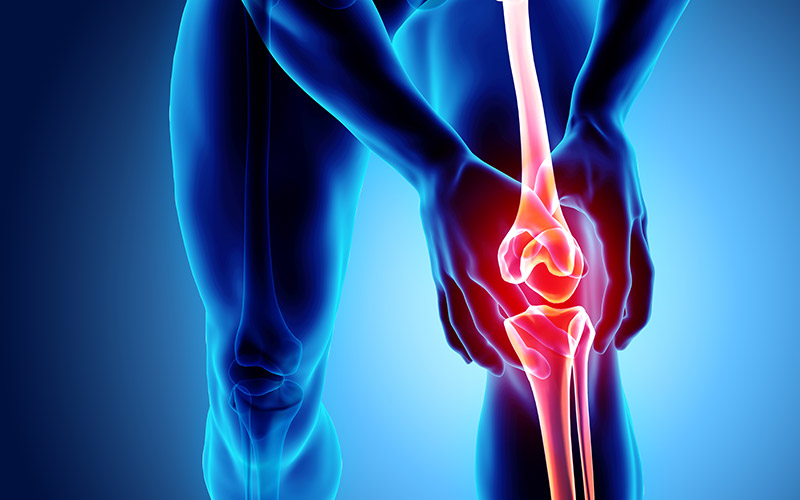
Now if you’ve ever heard of injuries to the knee, you have undoubtedly heard a bit about the dreaded “ACL Tear”. ACL tears (a tear of the Anterior Cruciate Ligament) tend to be a major cause of loss of functionality in people who injure this ligament. What people typically don’t realize is that the PCL (Posterior Cruciate Ligament) is another ligament of the knee that can be injured, albeit at a much less frequent rate.
The PCL helps to prevent posterior translation of the tibia bone on the femur bone (it prevents the shin bone from sliding backwards at the knee in relationship to the thigh bone). The PCL is involved with less functional stability than the ACL (which prevents the tibia from sliding forward on the femur) but can still be a significant cause of pain and loss of function in individuals that sustain an injury to this ligament.
The PCL is injured frequently in “dashboard style” injuries when the knee is in a significant, usually extreme, flexed/bent position and pressure/contact is applied rapidly and with significant force to the shin bone causing a “hyperflexion” of the knee. PCL injuries are typically caused by deceleration injuries, injuries when one is brought quickly to a stop. Once the PCL is injured, the shin bone may be more likely to shift backwards in relationship to the thigh bone. Usually, this ligament is not operated on but there is hope!
Studies have shown that with the proper rehabilitation and strengthening, patients with PCL injuries and resume normal activities and return to their prior level of function with minimal disability, if any. XRay findings in patients with PCL injuries 10+ years old tend to show insignificant changes relating to arthritis and nearly all patients maintain full range of motion as well as strength comparable to their unaffected side. Additionally, the PCL is known to have some intrinsic ability to heal on its own without surgical interventions. Many will be able to reduce the amount of shifting of the shin bone with improved knee stability simply through strengthening of the muscles that help to pull the shin bone forward (namely the quadriceps muscle group). Athletes are typically cleared by MD for return to sport when the quadriceps of the affected leg are at 90% strength in comparison to the other leg.
Surgical options are available in patients that have continued instability following conservative rehabilitation and strengthening protocols but typically only for patients with >10mm of posterior tibial translation. Rehabilitation following PCL reconstruction is lengthy however, with typical return to sport 6-9 months following surgery. Steps in rehabilitation include immobilization, progressive weightbearing, bracing, avoidance of posterior tibial translation and hamstring activation, and strengthening of the quadriceps musculature. The length of rehabilitation for a patient following PCL reconstruction will vary based on their adherence to rehabilitation protocol as well as overall health status.
Overall, a PCL can be a tricky injury to rehab after injury however, conservative methods are typically chosen in favor of surgical options due to rather good outcomes with strengthening and stability programs. Physical therapy can be a wonderful option following PCL injury to aid with obtaining full range of motion and strength before returning to both functional activity and sport related activity. Physical therapy techniques utilized will vary depending on severity of injury as well as length of time since injury but typically include stretching, strengthening techniques, balancing techniques, and pain management techniques as indicated.
Sources
“Minimum 10-year follow-up of patients after an acute, isolated posterior cruciate ligament injury treated nonoperatively.” Am J Sports Med. 2013 Jul;41(7):1526-33. doi: 10.1177/0363546513486771. Epub 2013 May 7.
“Isolated posterior cruciate ligament tears: an update of management.” Alfonso Vaquero-Picado and E. Carlos Rodríguez-Merchán. EFORT Open Reviews 2017 2:4, 89-96

